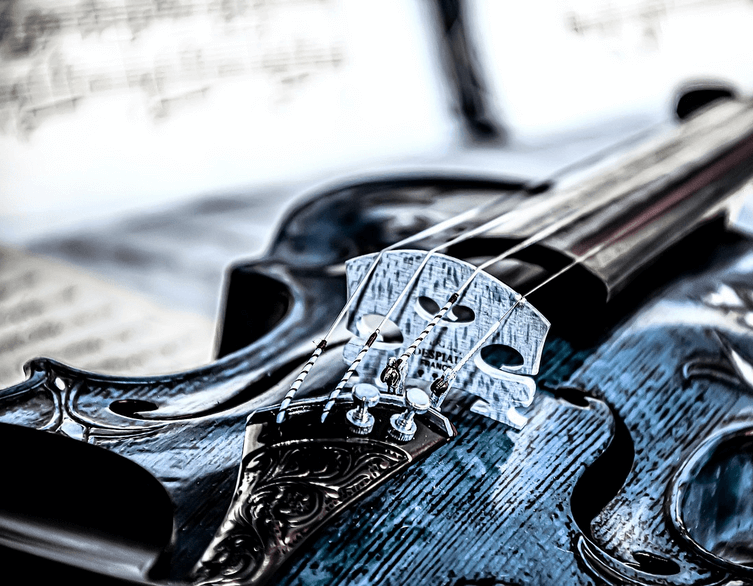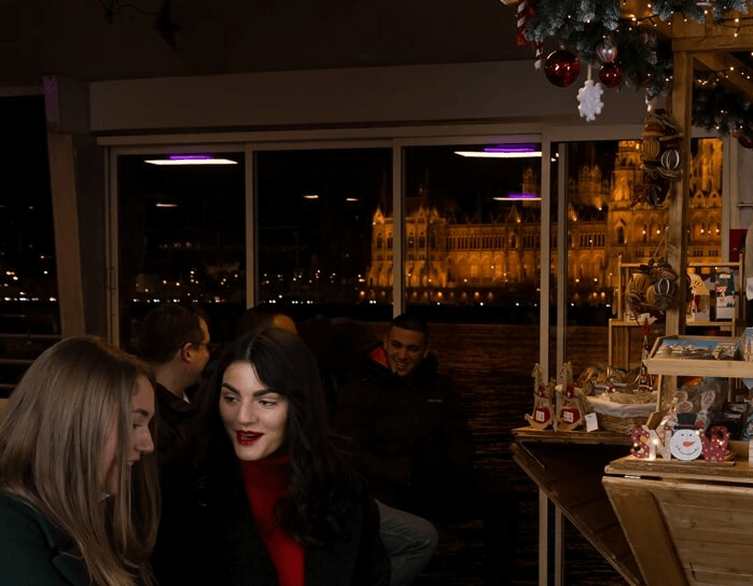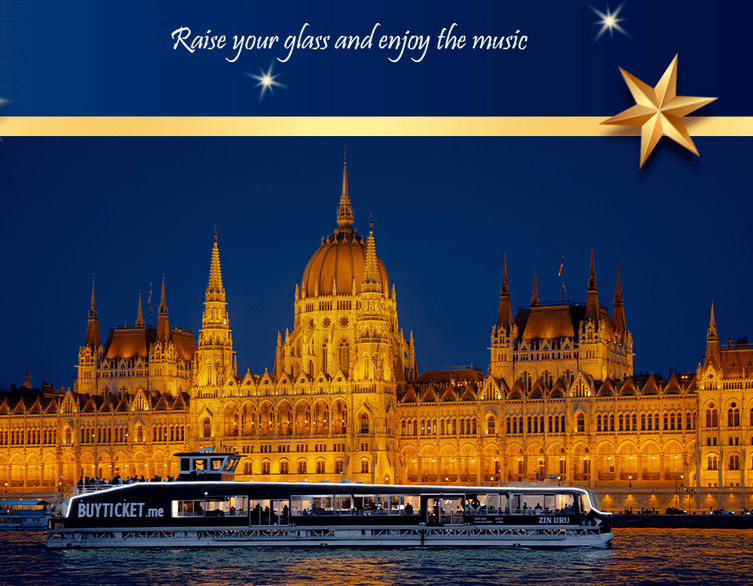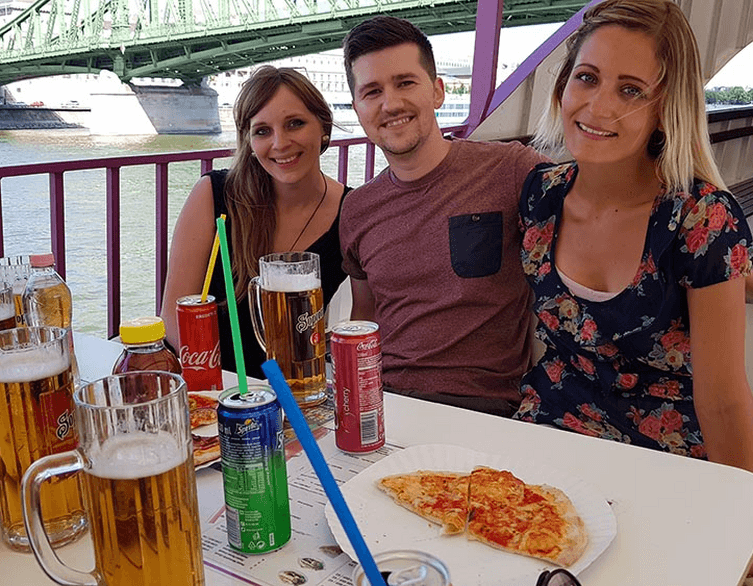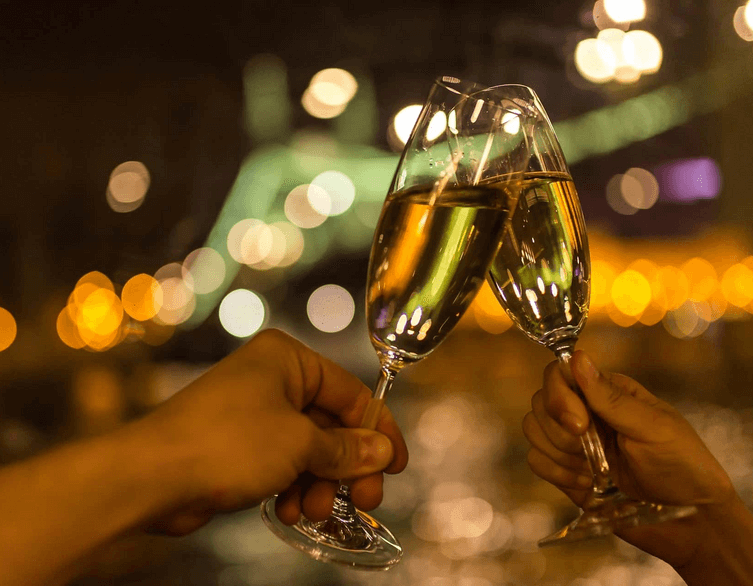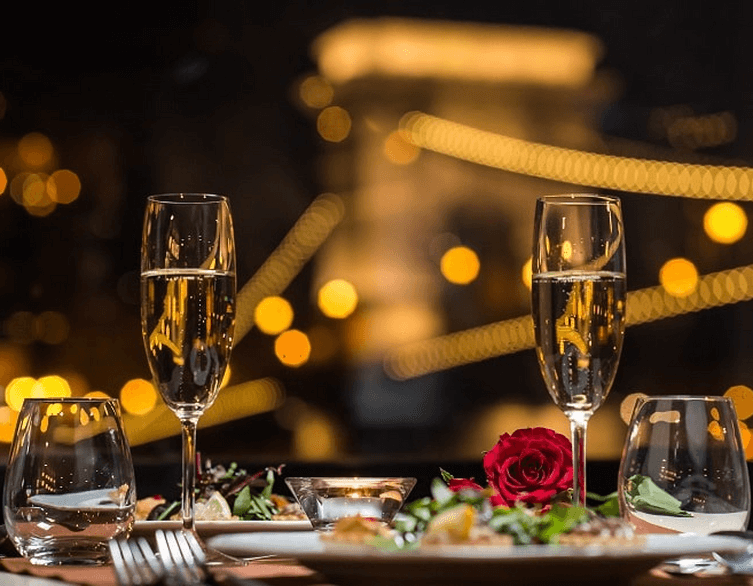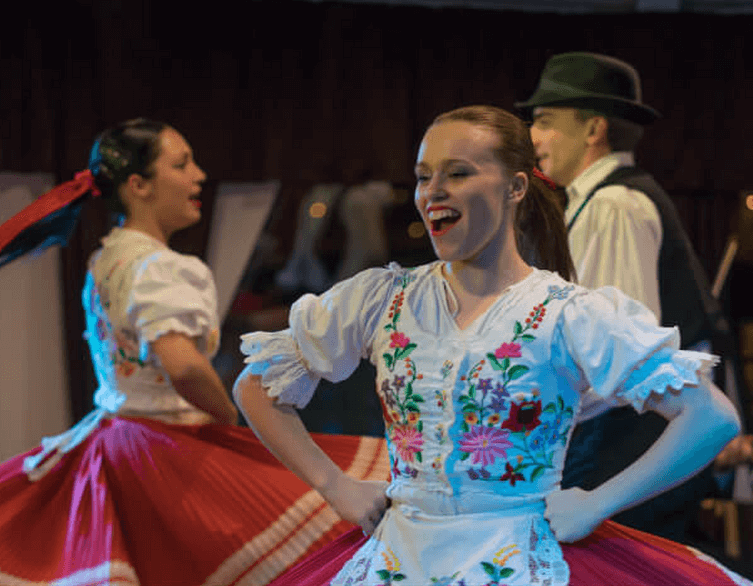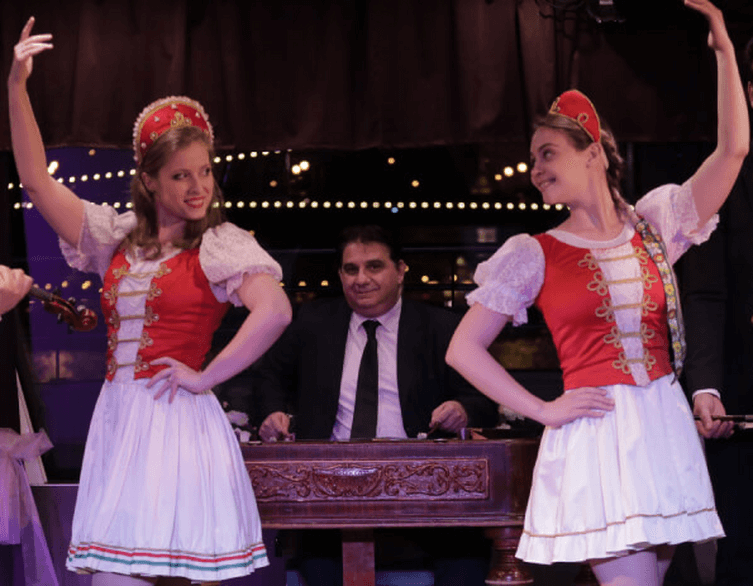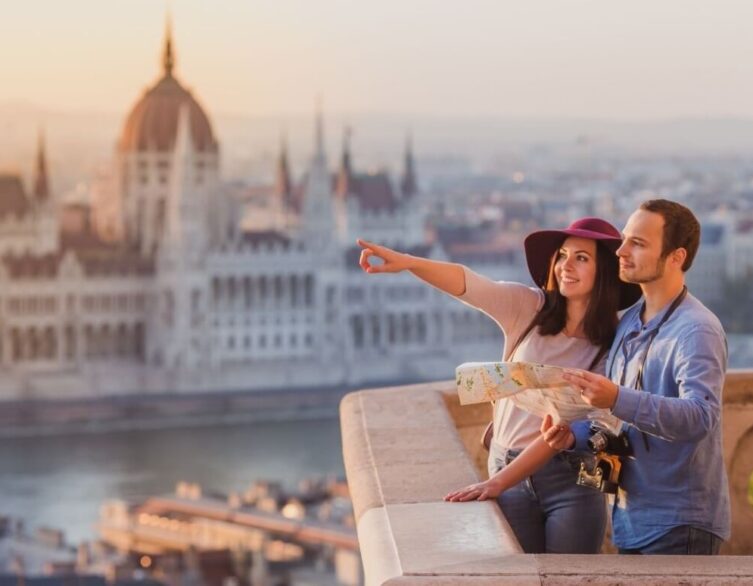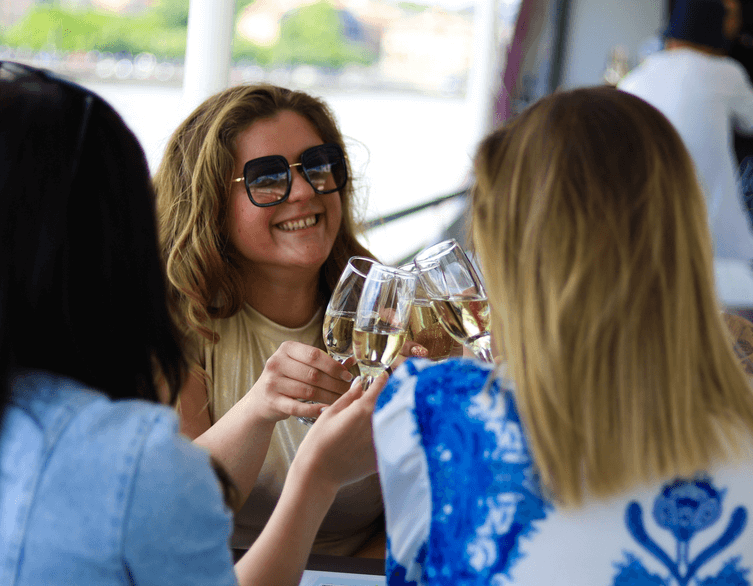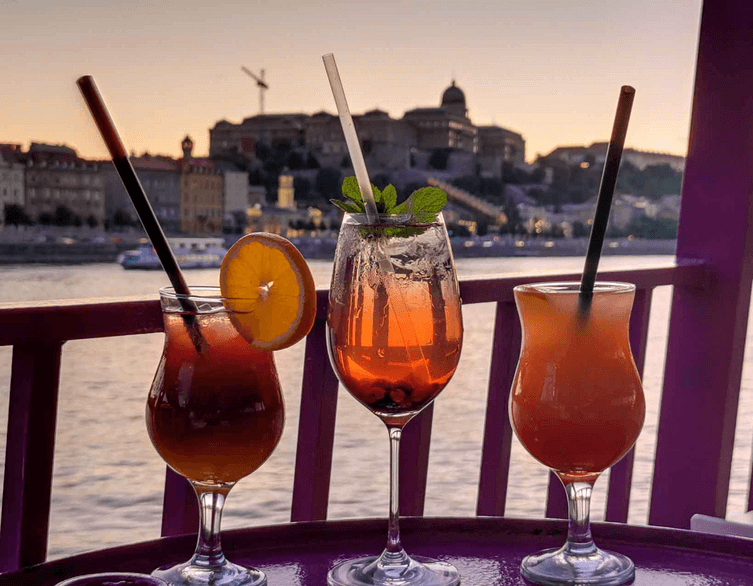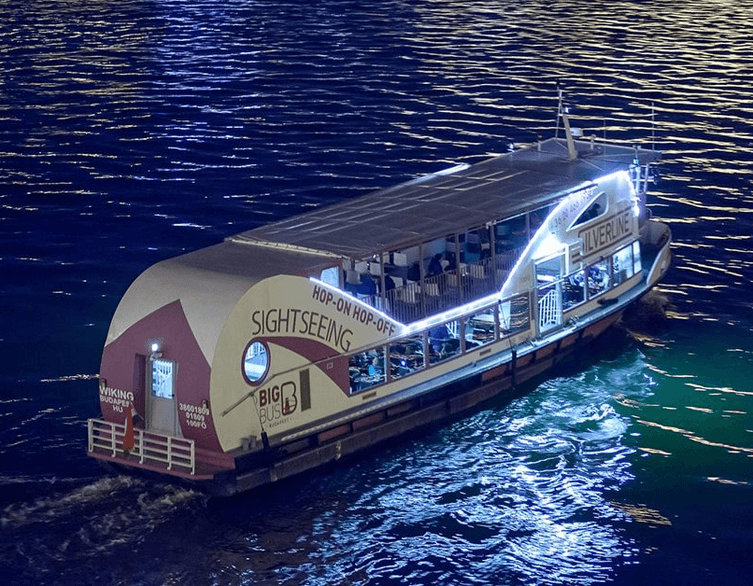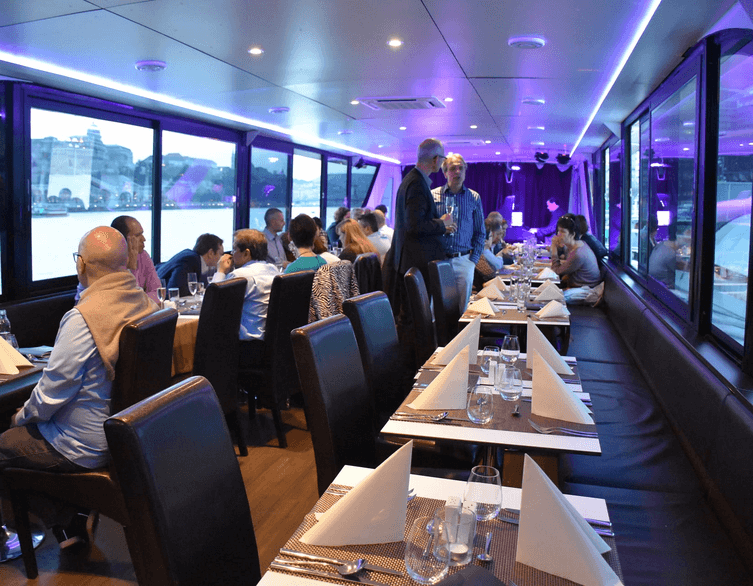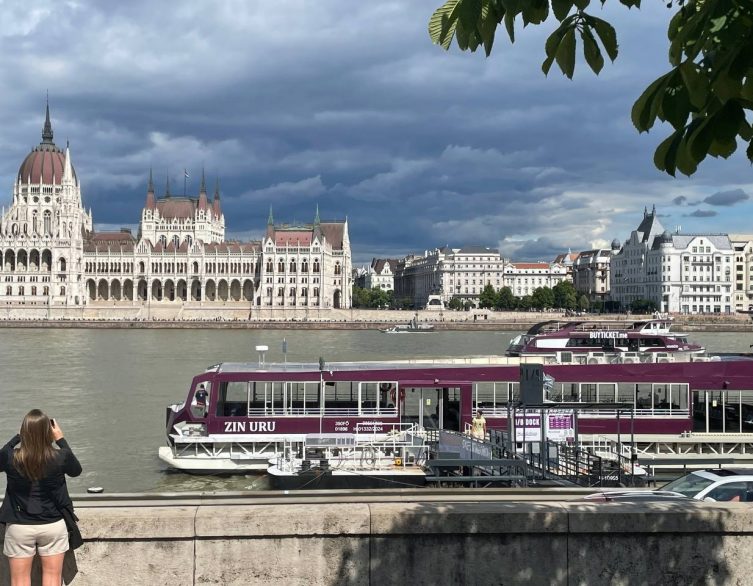Rediscovering a Lost Master: Rogi André’s Groundbreaking Photography Exhibition in Budapest
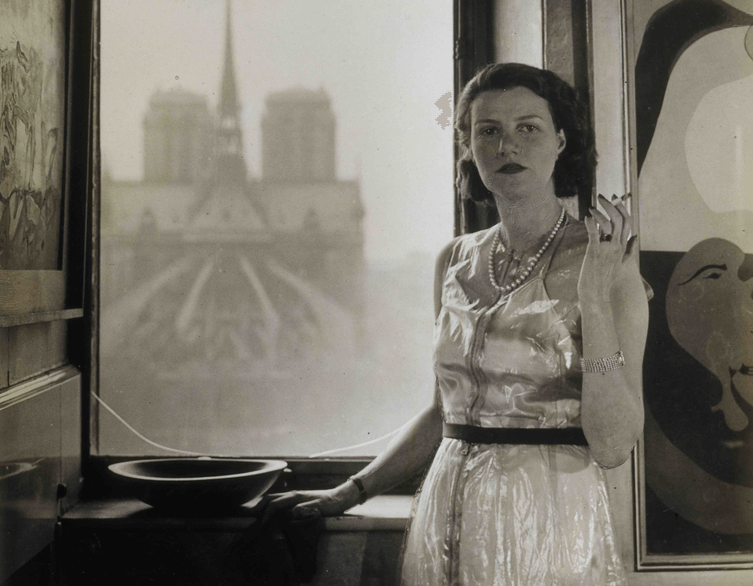
When you think of legendary photographers who shaped the surrealist movement, names like Man Ray, Brassaï, and Henri Cartier-Bresson likely come to mind. But there’s another master whose work deserves equal recognition – and for the first time in decades, you can experience the captivating world of Rogi André right in the heart of Budapest. This summer, the Mai Manó House presents “More Light, More Shadow: Rogi André (1900-1970),” an extraordinary exhibition that finally gives this underappreciated Hungarian photographer the spotlight she deserves.
A Forgotten Pioneer of Surrealist Photography
Rogi André wasn’t just any photographer – she was a trailblazer who rubbed shoulders with the most influential artists of the 20th century. Born as Klein Józsa Rózsa in Budapest in 1900, she would later become one of the most sought-after portrait photographers in 1920s and 1930s Paris. Her journey from a young art student at the Hungarian Academy of Fine Arts to a celebrated photographer in the epicenter of European avant-garde art is nothing short of remarkable.
What makes André’s story even more fascinating is her connection to another Hungarian photography legend, André Kertész. The two met in Paris, married in 1928, and it was through him that she discovered her calling behind the camera. Though they divorced in 1932, she kept the name Rogi André and continued to build an impressive career that would see her featured alongside photography giants in André Breton’s iconic 1937 book “Amour fou.”
Rare Works from the National Library Collection
The exhibition showcases an exceptional collection of André’s enlargements, many of which were acquired by the National Library’s photography collection director at an auction during the year of her death. These works form the core of what you’ll see at Mai Manó House, offering visitors an intimate look at her distinctive style and technical mastery.
Newly Discovered Treasures
Adding to the exhibition’s allure are recently discovered works that provide fresh insights into André’s artistic vision. Among these gems is a remarkable triptych and a captivating 1928 portrait of Rogi André herself, taken by André Kertész. These pieces, combined with memories and photographs from those who knew her, create a comprehensive portrait of both the artist and the woman behind the camera.
Best deals of Budapest
The Art of Psychological Portraiture
What set Rogi André apart from her contemporaries was her ability to capture not just the physical appearance of her subjects, but their psychological essence. Her portraits of cultural giants like Marcel Duchamp, Mondrian, and Balthus reveal their defining characteristics – Duchamp’s intellectual superiority, Mondrian’s artistic radicalism, and Balthus’s natural elegance. This wasn’t accidental; André used large-format cameras and long exposure times, forcing her subjects to become comfortable with being photographed, resulting in remarkably composed and revealing portraits.
The Technical Mastery Behind the Magic
André’s approach to photography was far from spontaneous. She meticulously composed her lighting and even retouched negatives in the darkroom, removing and adding details to achieve specific effects. One striking example is her portrait of Picasso, where she made the artist’s pupils glow with an almost supernatural intensity. This careful attention to detail, combined with her rejection of snapshots in favor of thoughtful composition, led critics to compare her work to that of Nadar, the great 19th-century photographer.
A Testament to Empathy and Understanding
Perhaps the most touching testament to André’s skill comes from the French writer Colette, who was photographed by André in 1947 at age 74. Colette’s joy upon seeing the portrait was captured in her heartfelt words: “To Rogi André, to whom I owe the fact that I still look like a woman.” This quote perfectly encapsulates the empathetic insight that characterized this undervalued photographer throughout her career.
Planning Your Visit
Exhibition Details
The “More Light, More Shadow: Rogi André (1900-1970)” exhibition runs from July 2 through August 19, 2025, at Mai Manó House in Budapest. The exhibition is open Tuesday through Sunday from 12:00 PM to 7:00 PM, and closed on Mondays and public holidays.
Please note that Mai Manó House is not wheelchair accessible, so visitors with mobility needs should plan accordingly.
Getting Your Tickets
Please note that tickets for Mai Manó House exhibitions can only be purchased in person at the venue – online ticket sales are not available. The exhibition typically takes 60-80 minutes to fully appreciate, so plan accordingly for your visit.
Special Events and Catalog
Don’t miss the special catalog presentation on July 3rd, featuring exhibition co-curator Kerstin Stremmel in an unconventional guided tour format. The bilingual Hungarian-English catalog is particularly significant as it represents the first time material about Rogi André’s work has been published in Hungarian.
Why This Exhibition Matters Today
Recognition Long Overdue
As we mark the 125th anniversary of Rogi André’s birth, this exhibition represents a crucial moment in art history. For too long, her contributions to surrealist photography and portraiture have been overshadowed by her male contemporaries. This comprehensive retrospective finally places her work in its proper historical context, allowing visitors to appreciate the full scope of her artistic achievements.
A Window into 1920s and 1930s Paris
Beyond celebrating André’s individual talent, the exhibition offers a fascinating glimpse into the vibrant artistic world of late 1920s and 1930s Paris. Through her portraits of intellectual and artistic luminaries, visitors can experience the cultural ferment of an era that would define modern art for generations to come.
Connection to Hungarian Heritage
For Budapest visitors, there’s an added dimension of cultural pride in seeing how this Hungarian-born artist made her mark on the international art scene. Her journey from Budapest to Paris mirrors the broader story of Hungarian artistic talent finding expression on the world stage.
Combining with Other Budapest Attractions
Located in Budapest’s cultural district, your visit to the Rogi André exhibition can easily be combined with other nearby attractions. The timing of your visit during the summer months means you can enjoy the city’s vibrant outdoor cultural scene before or after your museum experience.
Photography Enthusiasts’ Paradise
If you’re passionate about photography, this exhibition offers a rare opportunity to study the work of a master who was both technically innovative and emotionally perceptive. The range of her work, from suggestive portraits to sociographic studies, demonstrates the full breadth of photography as an artistic medium.
A Cultural Experience Not to Be Missed
The “More Light, More Shadow: Rogi André (1900-1970)” exhibition is more than just a retrospective – it’s a revelation. In an age where we’re constantly surrounded by images, André’s work reminds us of photography’s power to reveal the human soul. Her patient, thoughtful approach to portraiture offers a stark contrast to our instant, digital world, making her work feel both historically significant and surprisingly contemporary.
Whether you’re an art lover, photography enthusiast, or simply curious about the untold stories of pioneering women artists, this exhibition offers something truly special. It’s a chance to discover a forgotten master, understand the artistic ferment of early 20th-century Paris, and appreciate the enduring power of great portraiture.
Don’t let this opportunity slip away. The exhibition runs only through August 19th, making it a perfect summer cultural destination in Budapest. Come and discover why Rogi André deserves her place among the great photographers of the 20th century – and why her work continues to speak to us today with such emotional power and technical brilliance.

